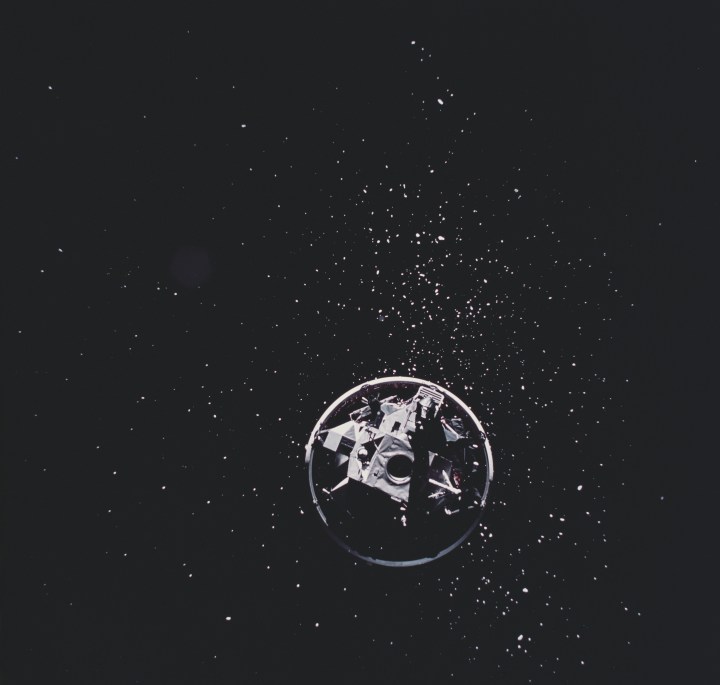
Junk in space could have impact on earth

A lot of our infrastructure is moving to space.
“Communications satellites, GPS, our TV,” says former NASA scientist Donald Kessler. “We’re talking about the region of space that’s only about 600 or 700 miles above us. That’s where most things go and that’s the most crowded region.”
And sometimes, on rare occasions, they crash. In 2009, Russian and American satellites ran smack into each other.
“They came together roughly like two cars in an intersection but traveling 17, 000 miles per hour each,” Kessler says. “And that’s typical of what we should expect in the future to happen at an increasing rate.”
Kessler’s been warning about this issue since the late 70s, so much that the problem is called the Kessler Syndrome. It refers to the domino effect of all that debris crashing together.
“We’re at what we call a ‘critical density’ — where there are enough large objects in space that they will collide with one another and create small debris faster than it can be removed,” he says. Something like a loose fleck of paint, moving at these speeds, can hit with the force of a grenade.
Kessler got pulled out of retirement to start working on the issue again, but he doesn’t go around saying “I told you so” at space conferences.
“I don’t have too,” he laughs.

Donald Kessler, former NASA scientist and expert on orbital debris (aka space junk).
The U.S. the government is worried about the issue, too, says Air Force lieutenant colonel Scott Putnam.
“Because a bad day in space for one owner is a bad day for everybody,” he says. “From a standpoint of a collision … that creates a debris cloud that could create hazard for other users including Department of Defense.” Putnam runs the Air Force program that monitors roughly 23,000 objects in orbit that are about the size of a softball or larger.
NASA spends almost $7 million a year tracking space junk.
“The way we do warfare now depends on outer space and the functions that we can perform through outer space,” he says. Those functions include communications, navigation and weapons guidance. And, Putnam warns, if something goes wrong in space, many of us will notice on the ground.
“Space is getting to be foundational to our everyday lives,” he says. “From GPS giving smartphones the ability to do point-to-point directions, to the banking system relying on GPS from a timing standpoint, from satellite radio and satellite television … If we turned off space, a lot of the things that people take for granted would go away.”
There’s a lot happening in the world. Through it all, Marketplace is here for you.
You rely on Marketplace to break down the world’s events and tell you how it affects you in a fact-based, approachable way. We rely on your financial support to keep making that possible.
Your donation today powers the independent journalism that you rely on. For just $5/month, you can help sustain Marketplace so we can keep reporting on the things that matter to you.


















